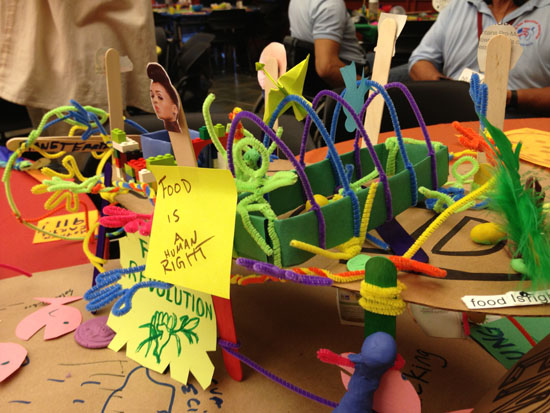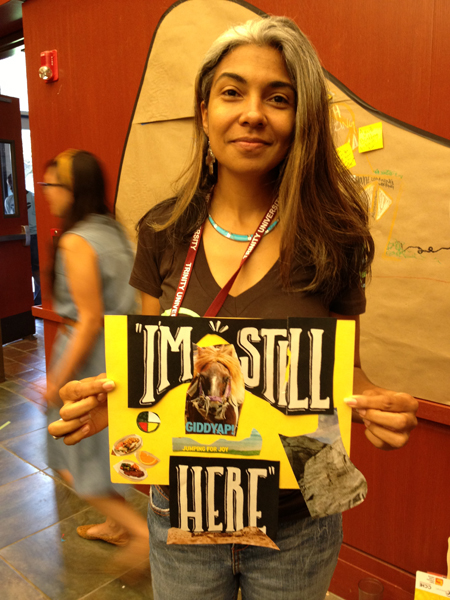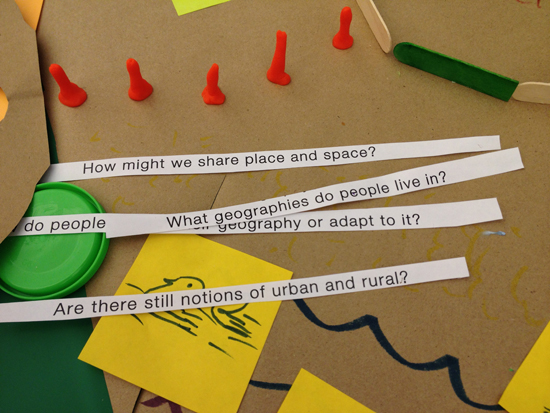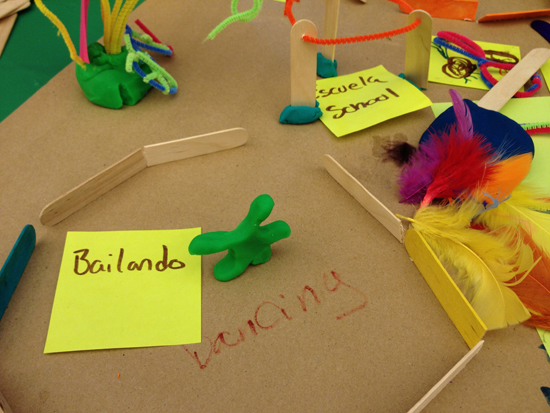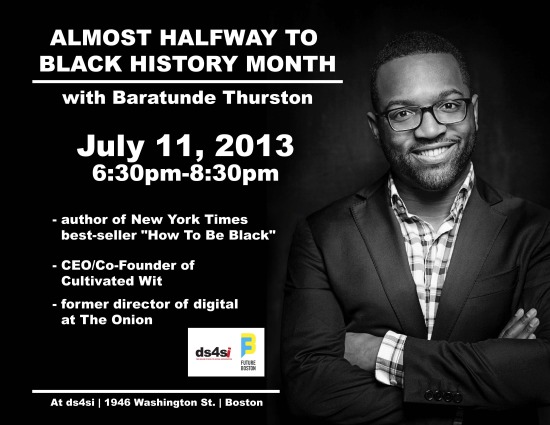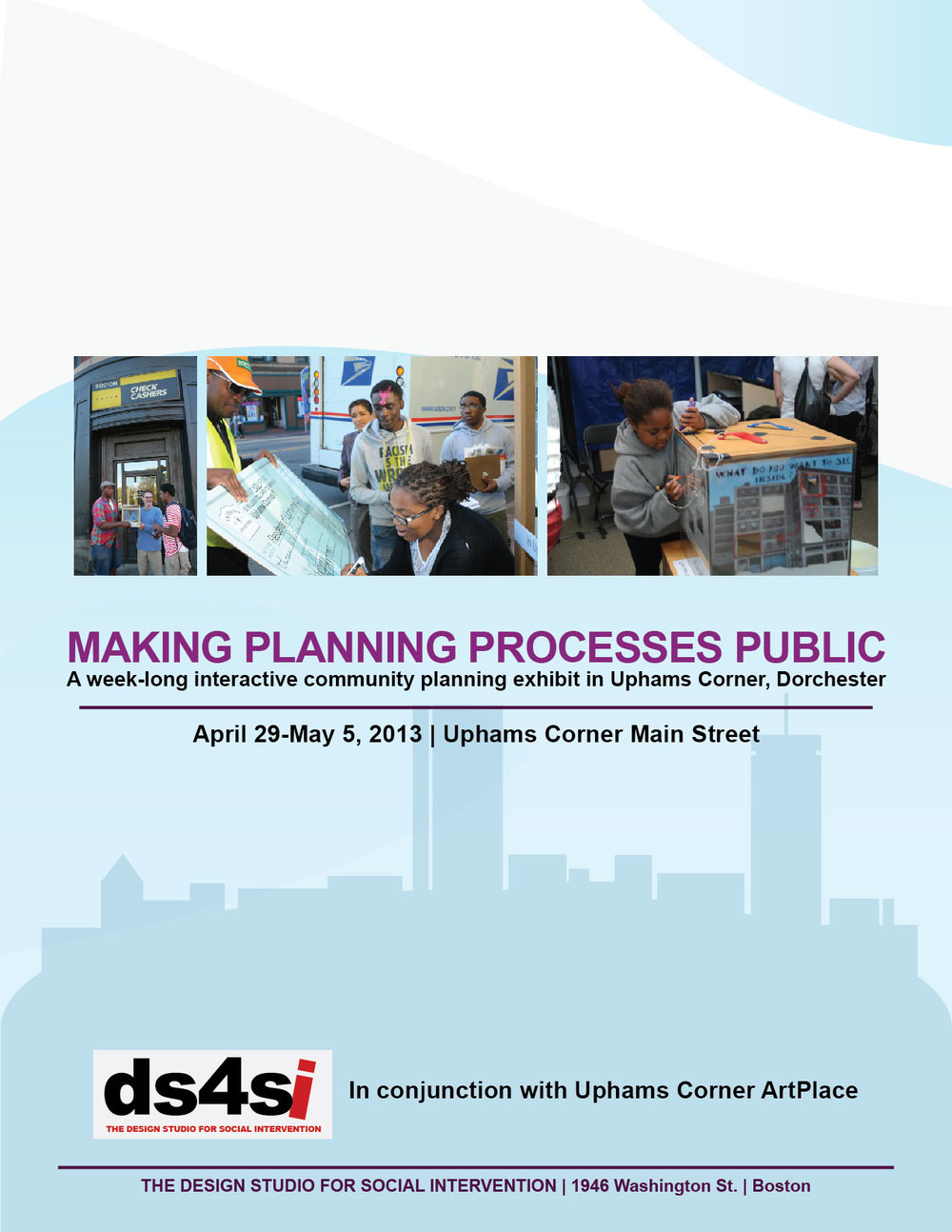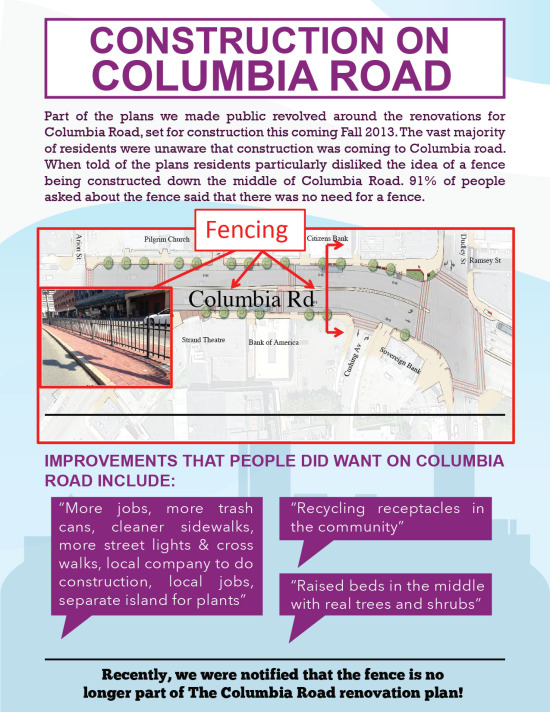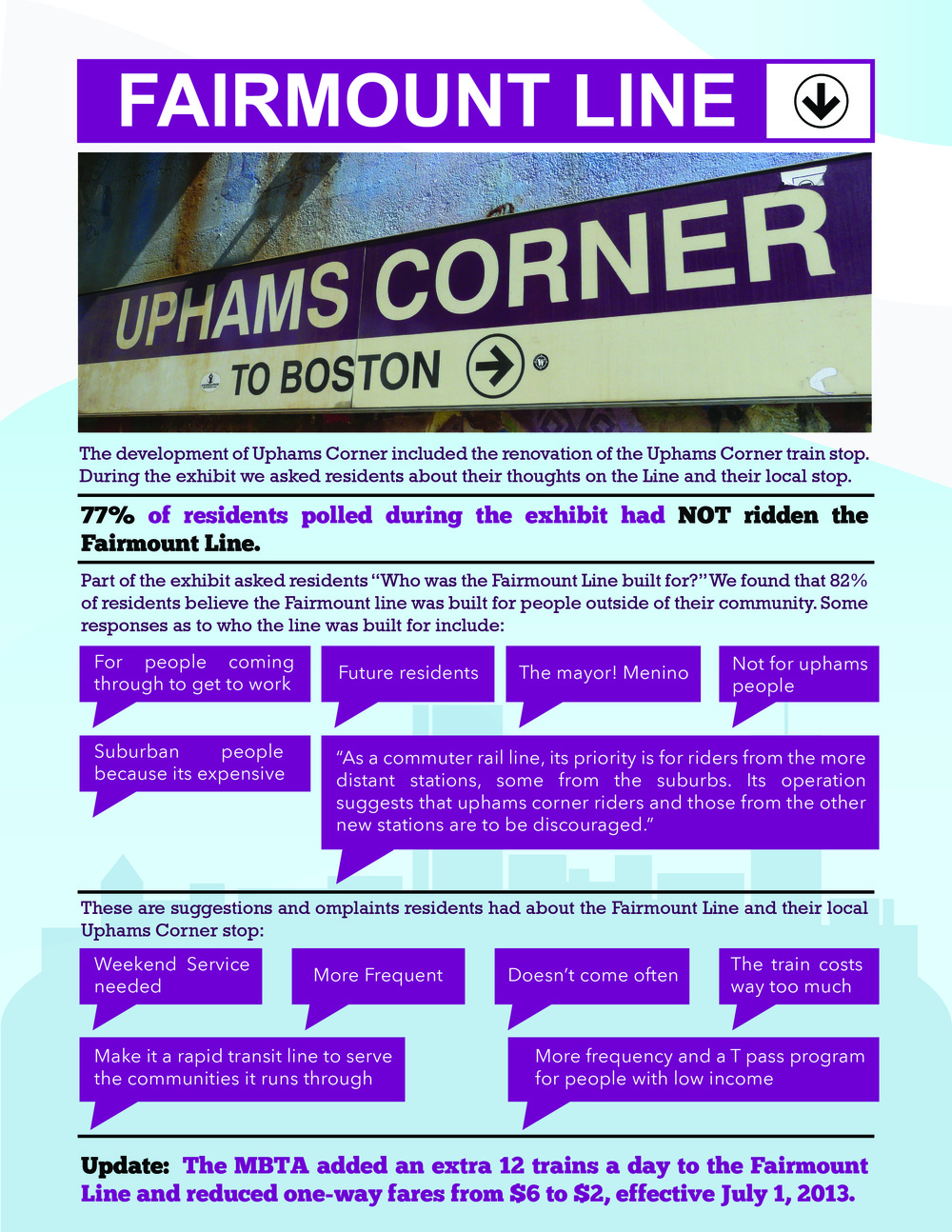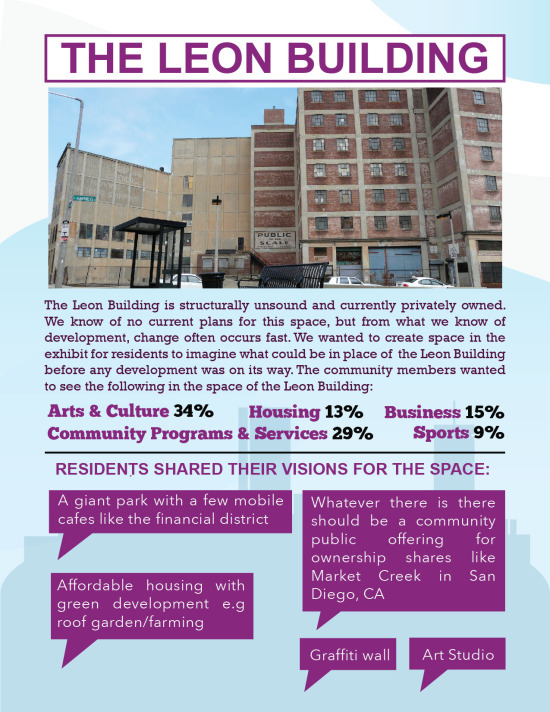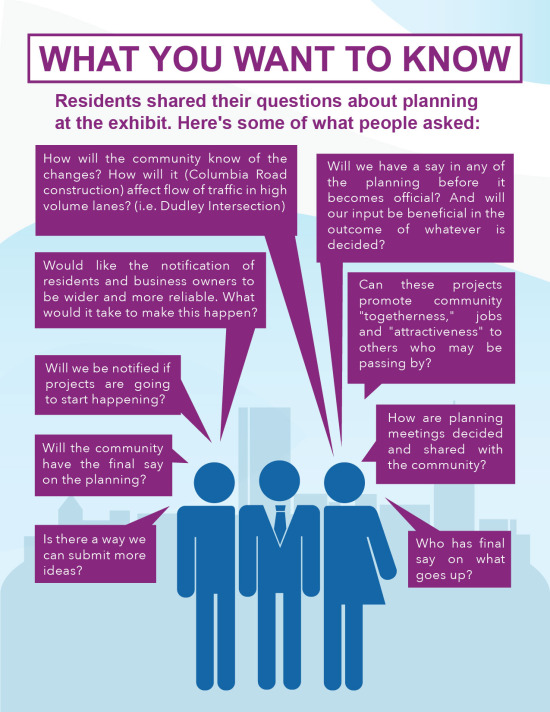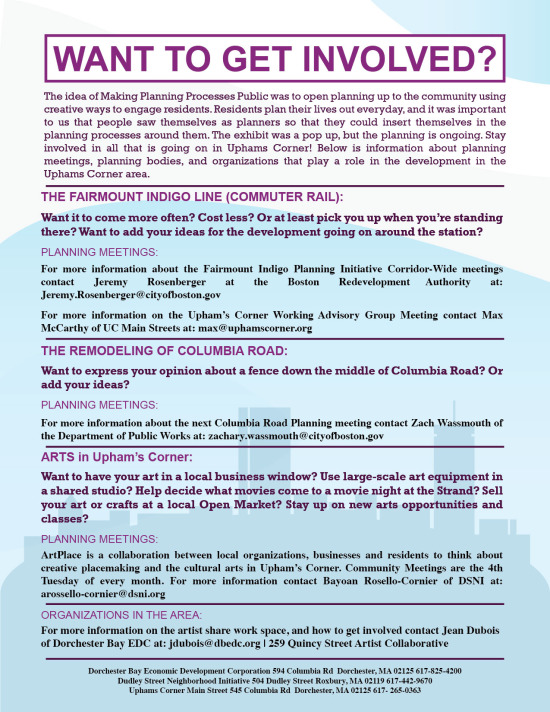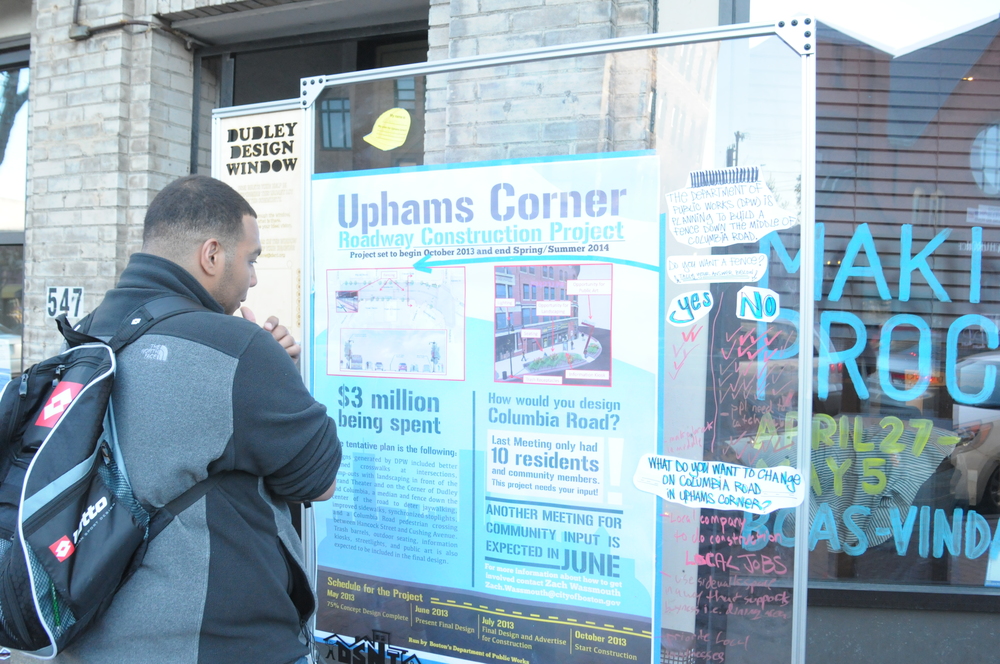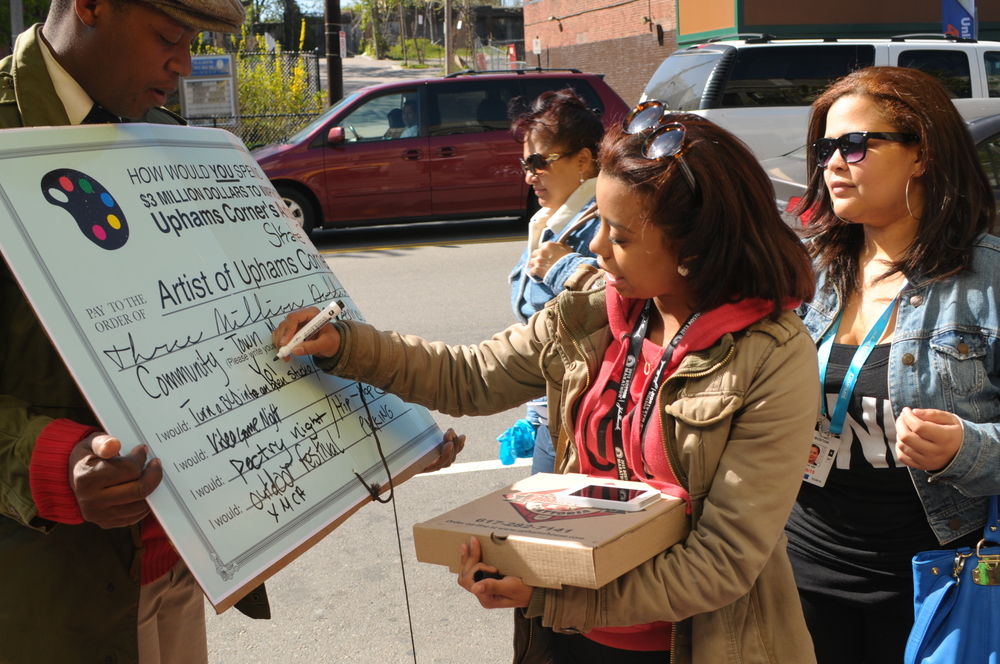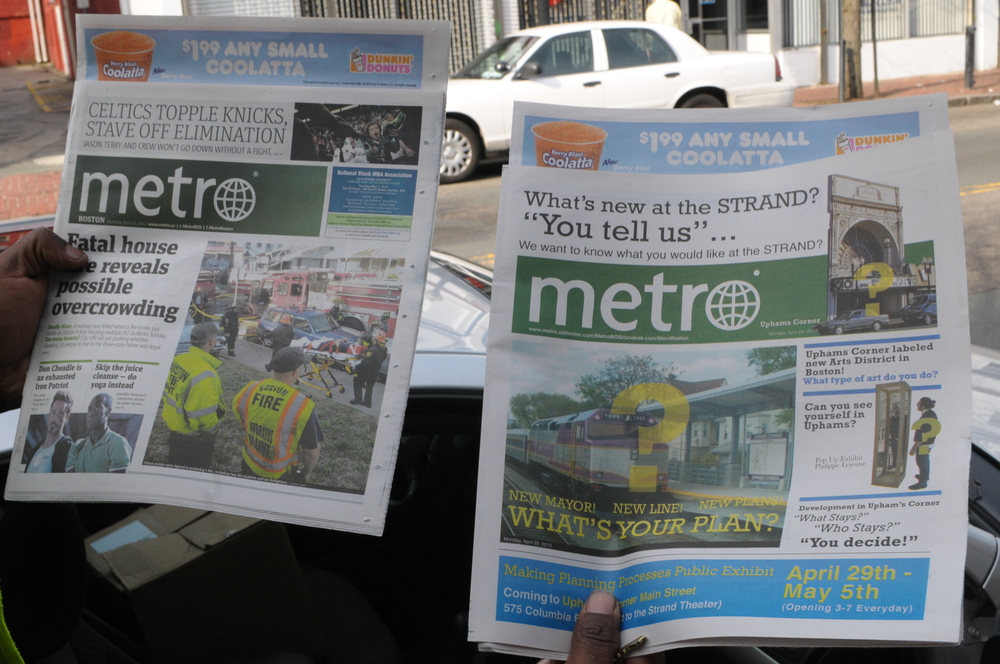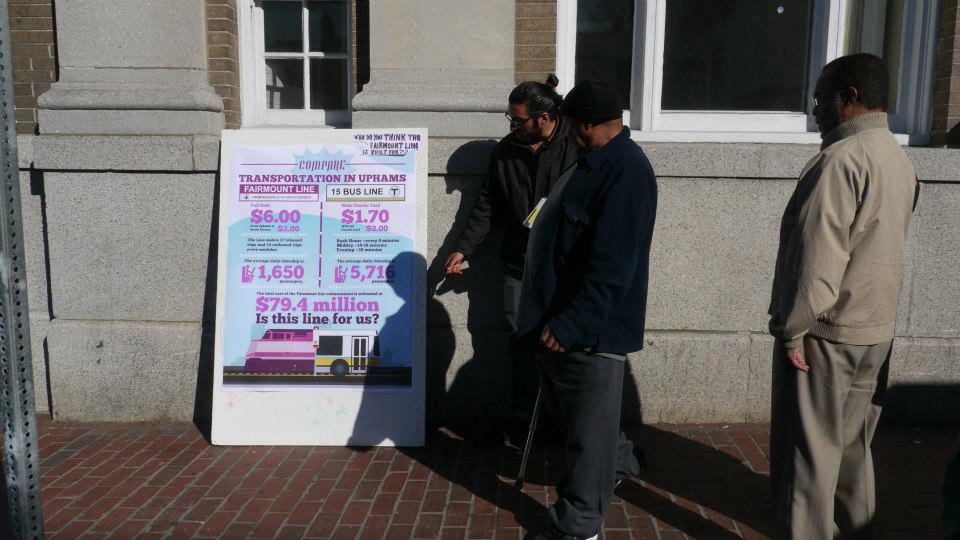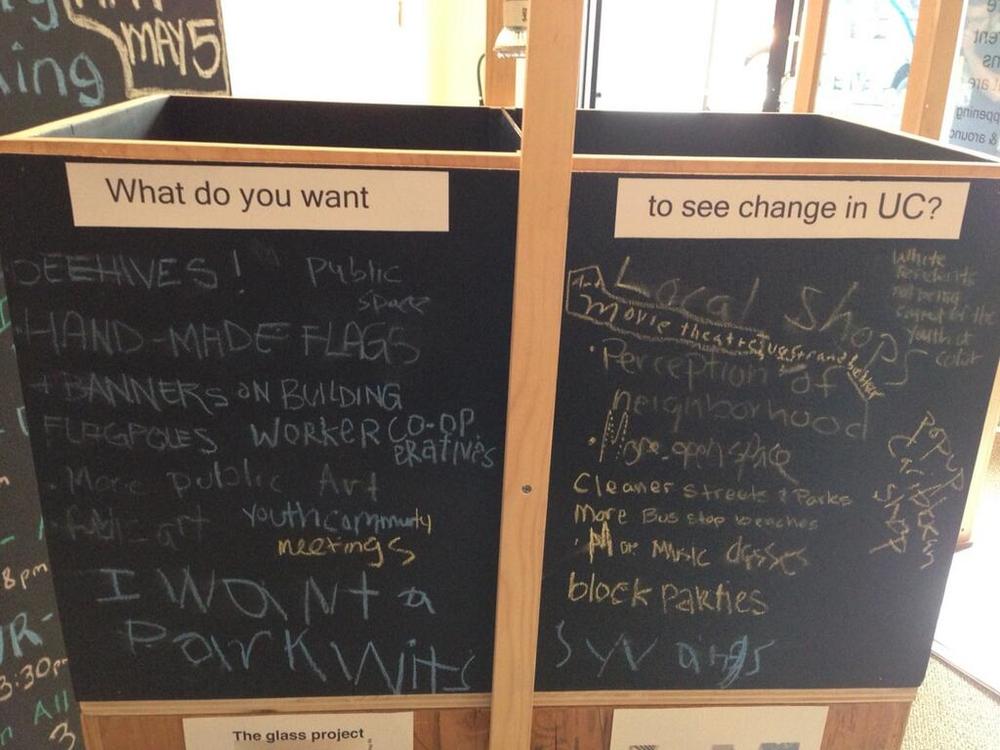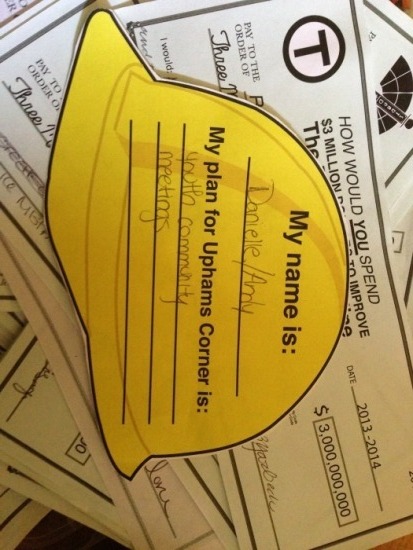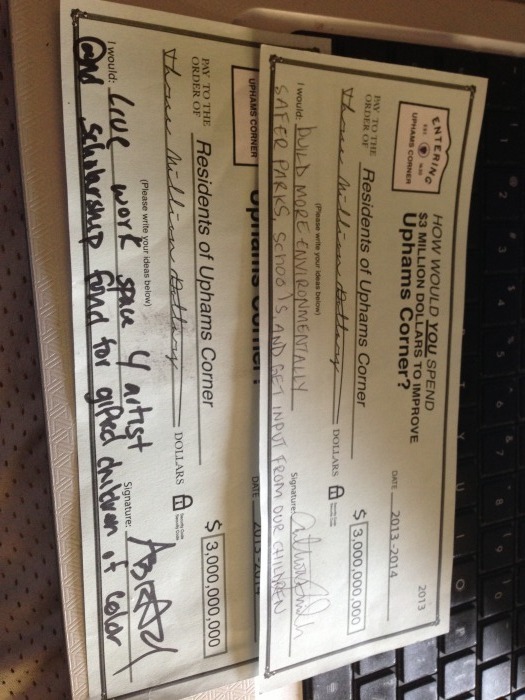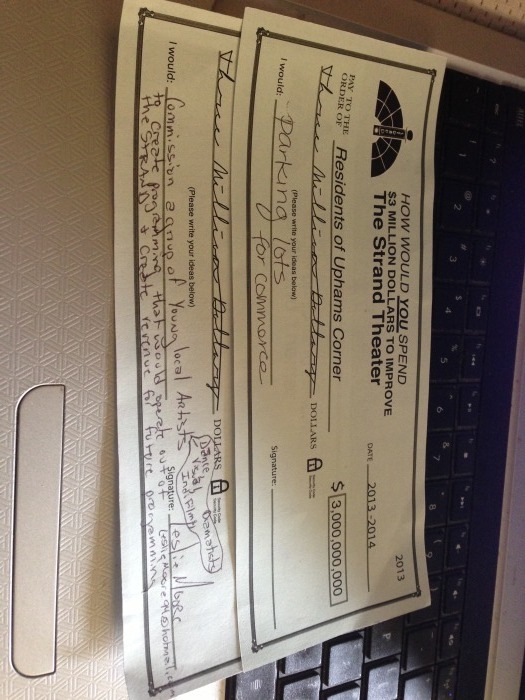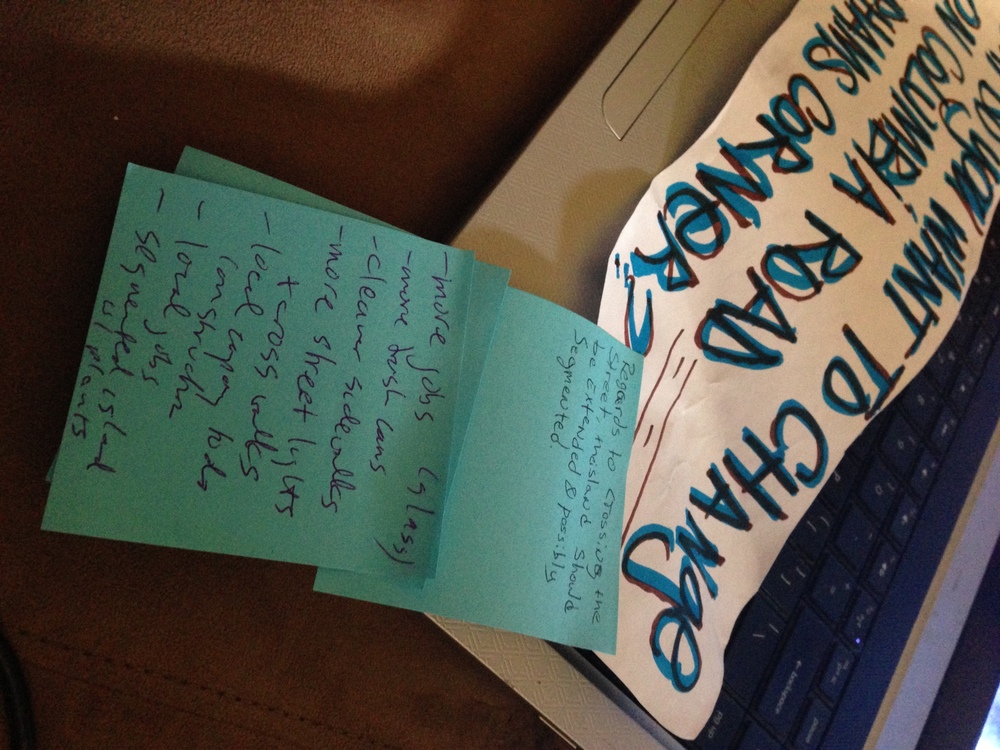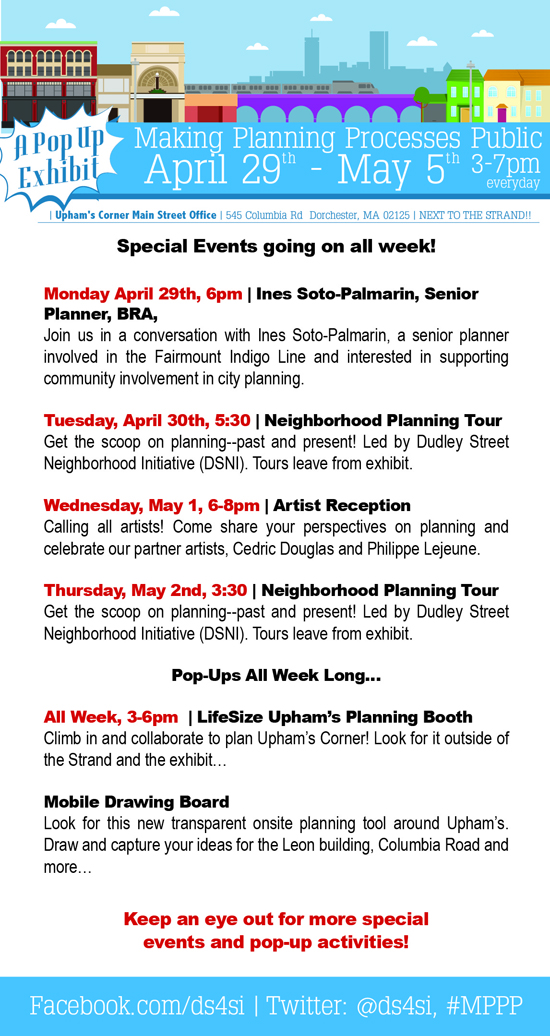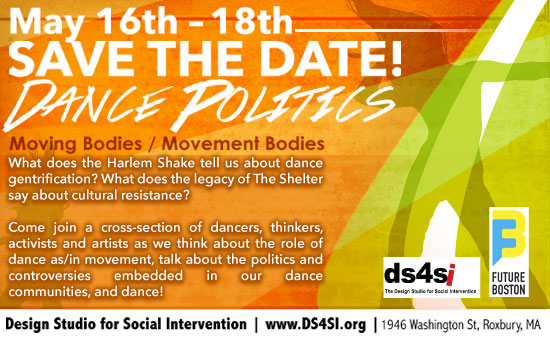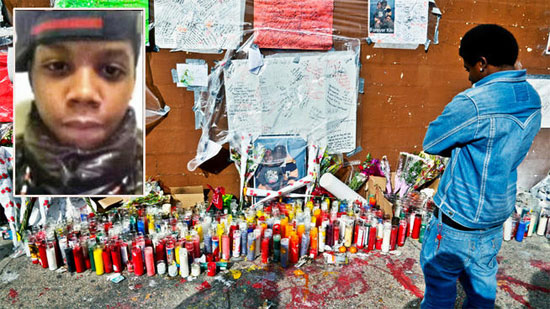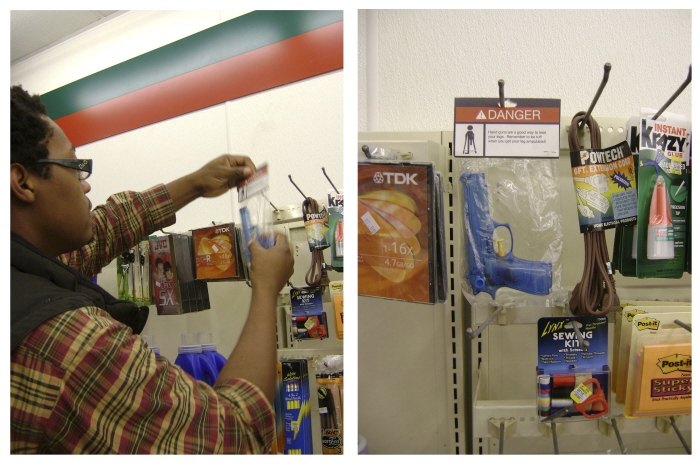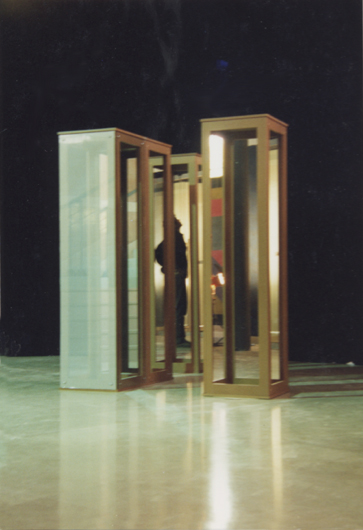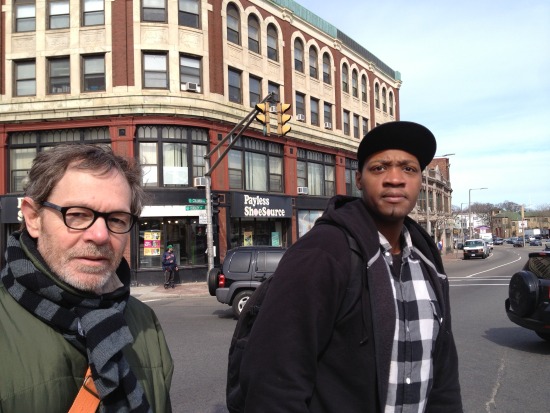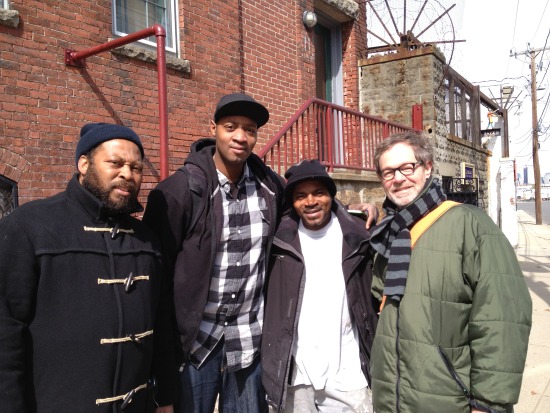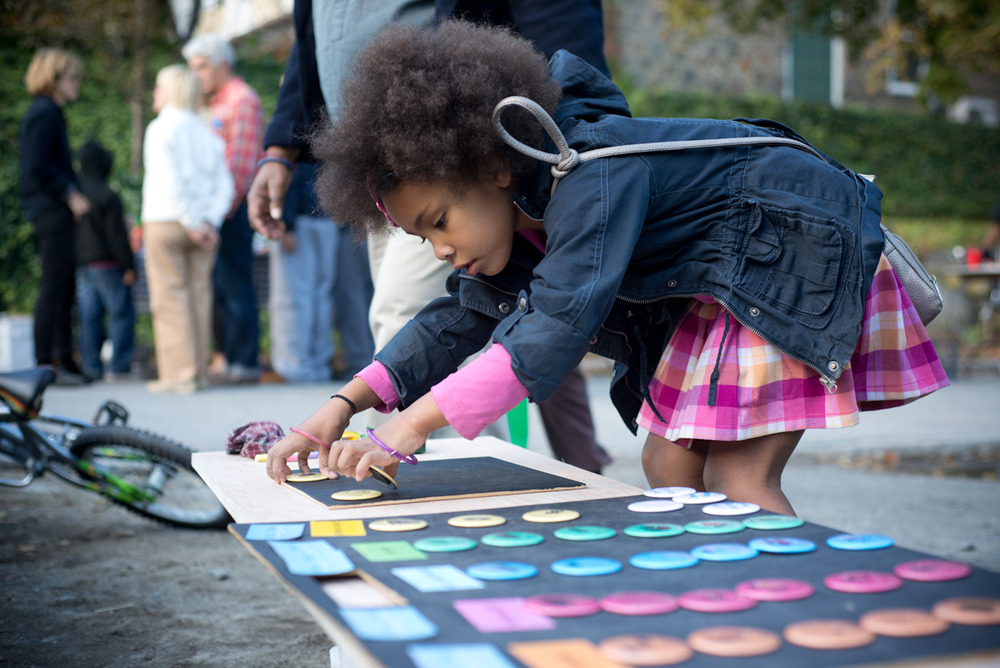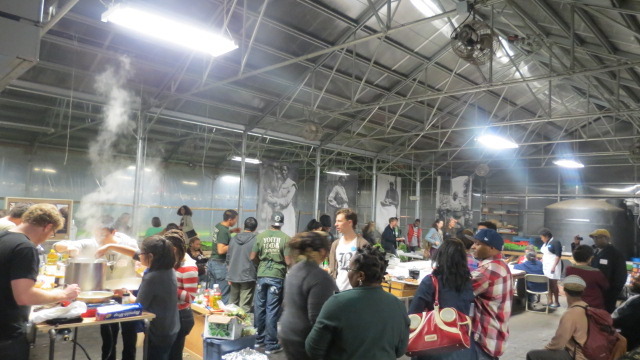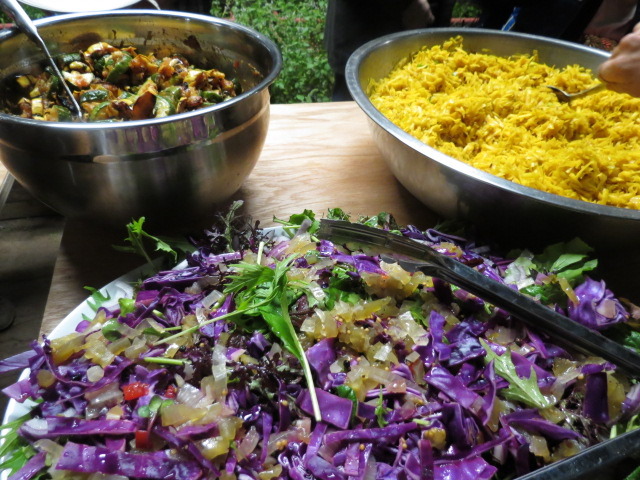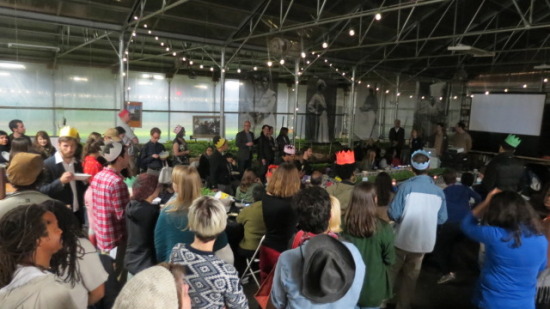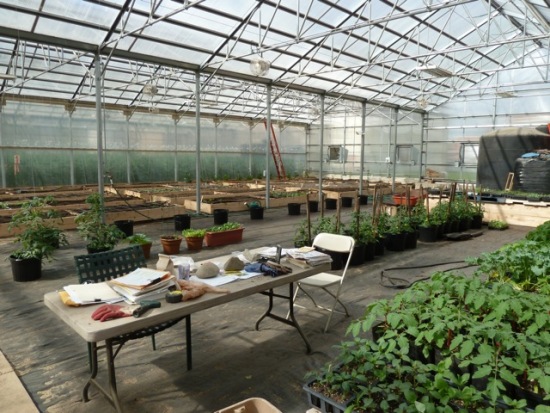Thanks to Hemispheric Institute's Encuentro 2013, I met Tiago Gualberto. He's a visual and conceptual artist in Sao Paulo and his work interrogates how blackness works within the Brazilian social imaginary. His project "Procuro Negro 2013" is a testament to his interrogation and completely falls within DS4SI's BHM 2013 theme of "Black Love and the Black Image". The written piece below is Tiago's description of Procuro Negro and is written in Portuguese! Much love to Black Lusophonia.
Procuro Negro, 2013
As discussões sobre a representatividade das populações negras felizmente não são novidade, embora estejamos ainda muito distantes de uma sensação de conforto e tranquilidade. Este cenário se aplica a todos os campos da nossa sociedade, seja no setor cultural, social ou econômico.
A repetida e ingrata posição que é dada à nossa imagem insiste, e de forma trágica dá manutenção, ao lugar de subserviência a nós imposta historicamente. Reproduz, portanto, ideologias e condicionamentos que lutamos a todo momento em despir. Significa ter fé, pois precisamos acreditar em algo que não vemos.
De fato esta solidão me atravessa em muitos momentos da vida. Ora assistindo a televisão, observando a publicidade brasileira, ao sair com amigos para jantar. No amor. E foi observando anúncios que buscavam relacionamentos que me surpreendi ao deparar-me com a semelhança entre estes e os anúncios popularmente conhecidos como “escravo fugido”. Além das menções óbvias, tais como o sexo, a altura, o peso e a idade, percebi que era possível extrair de ambos mais do que uma descrição.
Certamente os anúncios oferecidos durante o período colonial não buscavam por sexo ou compania. É evidente o quanto estão contaminados por perspectivas racistas e exploradoras de um corpo coisificado: instrumento caro ao trabalho. Trata-se de um objeto que precisa ser recuperado.
Nos anúncios atuais, presentes em sites, jornais e até mesmo em espaços públicos não é possível determinar o que se busca. São tantos os desejos, anseios e fetiches. O mais importante é que se busca. A busca me instigou a planejar esta intervenção.
Minha primeira ação foi, segundo os atuais moldes de anúncio, descrever-me desta forma: “NEGRO, 1,70 m e 70 kg – i.mblack@yahoo.com.br”. Com estas pequenas etiquetas era possível contactar-me por escrito. A segunda etapa consiste em responder a todas as mensagens recebidas com apenas esta frase:
“O que você procura?”
E por fim reuni estes textos em forma de cartazes. Pintei-os como já o fiz antes, como cartazes de supermercado a serem afixados em espaços públicos. Descartei o nome dos autores e das autoras. Dentre algumas percepções destaco as variadas imagens que se criam em torno da negritude. Determinações corporais, resquícios da objetivização, desabafos protegidos pelo anonimato. Longas procuras.

